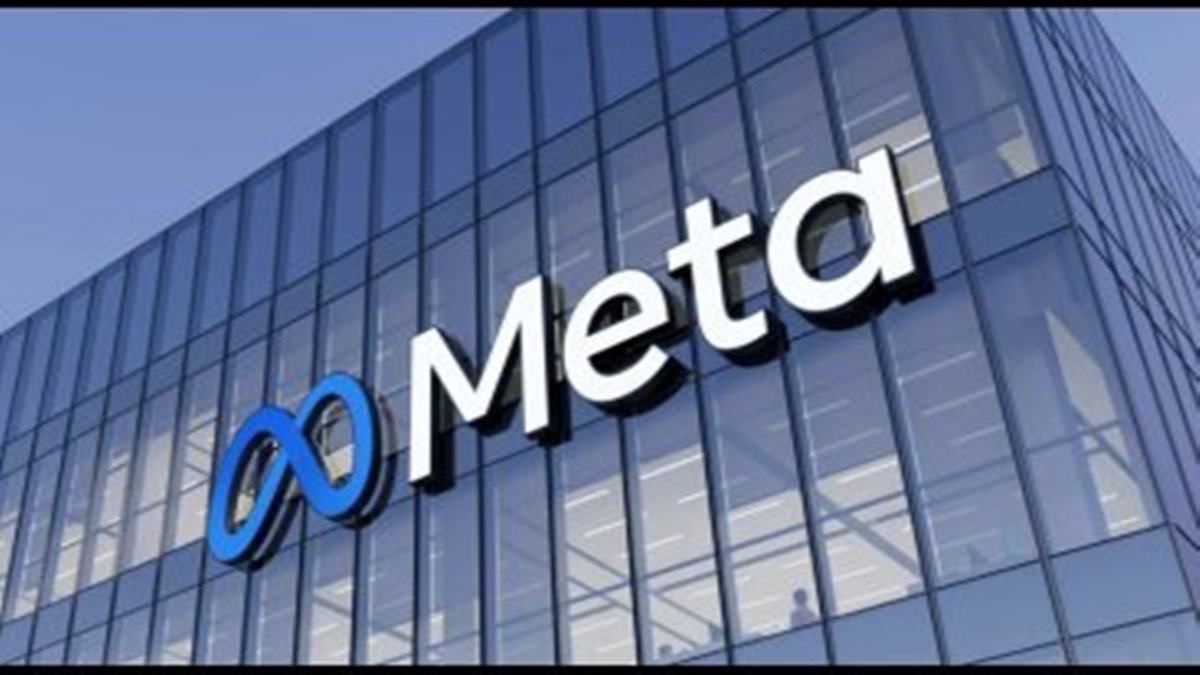The American workplace has reached a new normal, with hybrid work models demonstrating remarkable stability despite executive pressure for a full return to office.
Gallup data reveals that work location trends for remote-capable employees have remained largely unchanged since 2022, solidifying hybrid arrangements as a permanent fixture of the modern economy.
This stability masks ongoing experimentation as organizations grapple with implementation challenges that will define the future of work.
Hybrid work stability masks subtle power shift
Despite headlines demanding a return to office, the overall structure of work has shown remarkable durability. The percentage of remote-capable United States employees in a hybrid model has seen only a minor decrease, from 55% to 51% over the past two quarters, while both fully remote and fully on-site work each grew by a mere two percentage points.
This indicates that the dramatic shifts of the pandemic era have ended, giving way to a stable, if still evolving, status quo where hybrid work is the predominant model for desk-based employees.
Below this outward appearance of stability, there is a slight change of control. The proportion of hybrid employees who reported having complete control over their schedule dropped to 34% in 2025, compared to 37% in 2024.
Employers are slowly gaining momentum once more as the models no longer remain employee-oriented as they did in the post-pandemic era.
This is an indication that, although the hybrid model is already in place, the regulations surrounding it are still being discussed between management and staff.
Team-based hybrid schedules prove most effective
The most effective hybrid models are not those with the most freedom, but those with the most coordination. Gallup’s research reveals a critical insight: employees with team-determined schedules report outcomes that are equal to or better than those who set their own schedules.
A striking 91% of employees whose schedule is decided by their team view the policy as fair, matching the satisfaction rate of those who have full autonomy.
Additionally, self-determined schedules have significant trade-offs. Employees who schedule themselves have a 76% greater likelihood of reporting burnout as their biggest challenge, a 57% greater likelihood of experiencing a weaker work-life balance, and a 52% greater likelihood of facing difficulties with customer needs.
This piece of information is a strong indicator that common norms and the ability to coordinate office days can eliminate the anxiety factor and help people be more productive, as they will spend more time working together within the office, which will improve the process.
Tech industry, U.S. government diverge dramatically
The national stability of hybrid work obscures dramatic divergence in two key sectors: technology and the federal government.
The tech sector remains a place of flexibility, with employees who can work remotely being just as likely to be fully remote (47%) as hybrid (45%); only 9% are completely on-site.
Since 2022, these figures have remained essentially unchanged, demonstrating the industry’s commitment to its remote-first philosophy.
In stark contrast, the federal government has undergone a radical transformation. Following a policy shift from the current administration, the number of federal employees working a flexible hybrid model plummeted from 61% in late 2024 to 28% in quarter two of this year. Now, 46% of federal government workers are fully on-site, more than double the national average of 21%.
This dramatic reversal highlights how susceptible work arrangements are to top-down policy changes, even as the private sector largely maintains its flexible course.
Source – https://news.outsourceaccelerator.com/hybrid-work-persists/




















